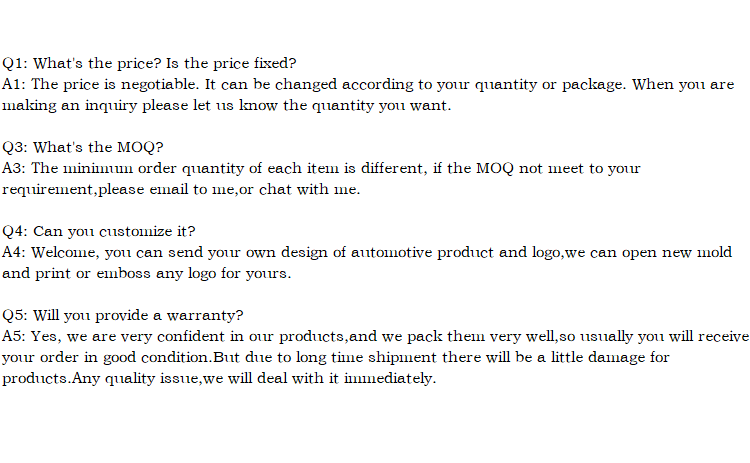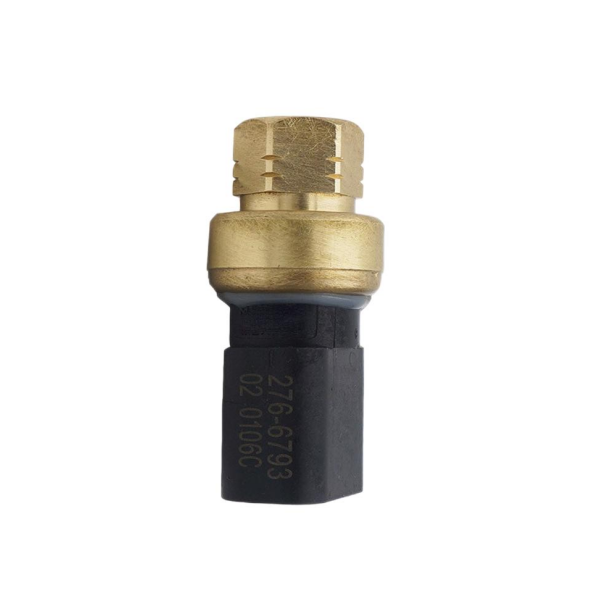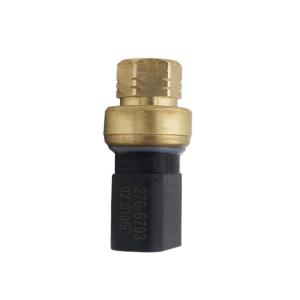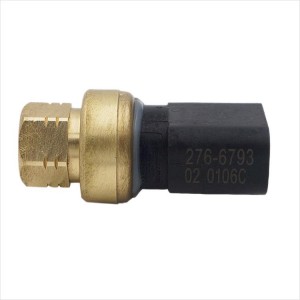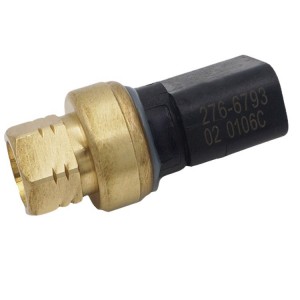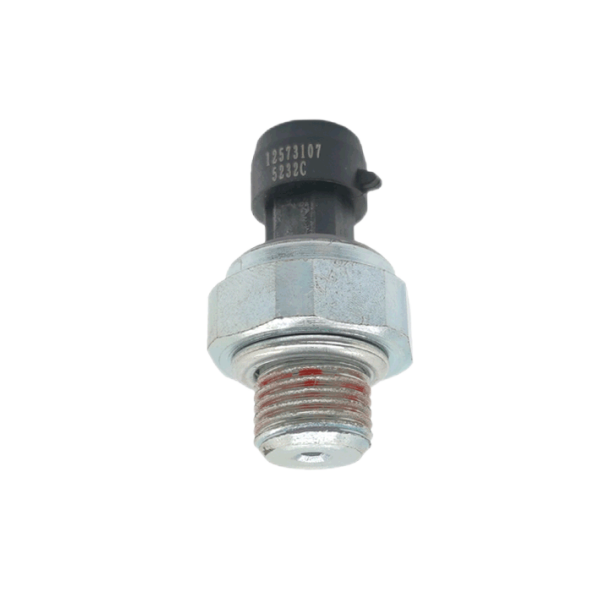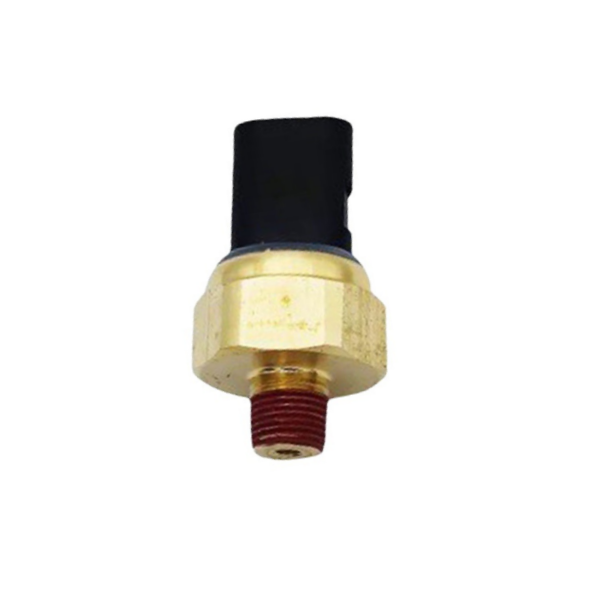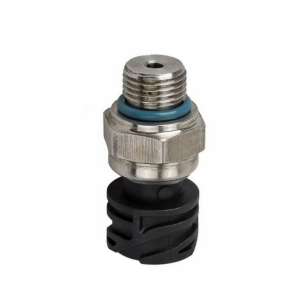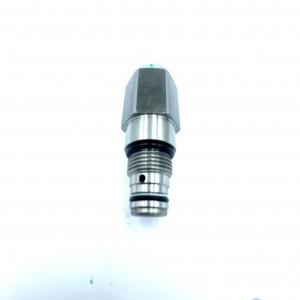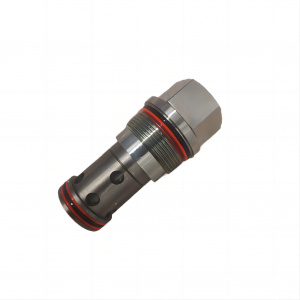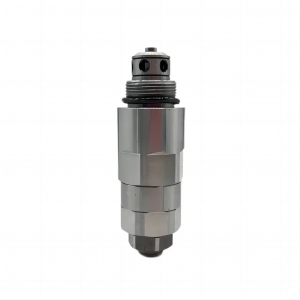Applicable to CAT excavator parts Pressure Sensor 276-6793
Product introduction
1. Pressure sensor in weighing system
In the automatic control of weighing process, the pressure sensor is required to correctly sense the gravity signal. And has better dynamic response and better anti-interference performance. The signal provided by the pressure sensor can be directly displayed, recorded, printed, stored or used for feedback control of the detection system. The integration of pressure sensor and measuring circuit greatly reduces the overall size of the equipment. In addition, the development of shielding technology will also improve the anti-interference ability and automatic control degree of weighing pressure sensor.
2. Pressure sensors in petrochemical industry
Pressure sensor is one of the most widely used measuring devices in petrochemical automation control. In large-scale chemical projects, almost all applications of pressure sensors are covered: differential pressure, absolute pressure, gauge pressure, high pressure, differential pressure, high temperature, low temperature, remote flange pressure sensors of various materials and special processing.
The demand for pressure sensors in petrochemical industry mainly focuses on three aspects: reliability, stability and high precision. Among them, reliability and many additional requirements, such as distance ratio and bus type, depend on the structural design, processing technology level and structural materials of the transmitter. The stability and high accuracy of pressure transmitter are mainly ensured by the stability and measurement accuracy of pressure sensor.
The measurement accuracy and response speed of the pressure sensor correspond to the measurement accuracy of the pressure transmitter. The temperature and static pressure characteristics and long-term stability of the pressure sensor correspond to the stability of the pressure transmitter. The demand for pressure sensors in petrochemical industry is reflected in four aspects: measurement accuracy, rapid response, temperature characteristics and static pressure characteristics, and long-term stability.
3. Pressure sensor in water treatment
The environmental protection water treatment industry has developed rapidly in recent years and has broad prospects. In water and wastewater treatment, pressure sensors provide key control and monitoring for system protection and quality assurance. The pressure sensor converts the pressure (usually the pressure of liquid or gas) into an electrical signal for output. Pressure electrical signals can also be used to measure the liquid level of static fluid, so they can be used to measure the liquid level. The sensing element of pressure sensor is mainly composed of silicon cup sensing element, silicone oil, isolation diaphragm and air duct. The pressure of the measured medium is transmitted to the side of the silicon cup element through the isolation diaphragm and silicone oil. The atmospheric reference pressure acts on the other side of the silicon cup element through the air duct. Silicon cup is a cup-shaped monocrystalline silicon wafer with a thin bottom. Under the action of pressure, the diaphragm at the bottom of the cup is elastically deformed with minimum displacement. Monocrystalline silicon is an ideal elastomer. The deformation is strictly proportional to the pressure, and the recovery performance is excellent.
4. Pressure sensors in the medical industry
With the development of medical device market, higher requirements are put forward for the use of pressure sensors in medical industry, such as accuracy, reliability, stability and volume. Pressure sensor has a good application in minimally invasive catheter ablation and temperature sensor measurement.
5.MEMS pressure sensor
MEMS pressure sensor is a kind of thin film element, which will deform when it is subjected to pressure. Strain gauges (piezoresistive sensing) can be used to measure this deformation, and capacitive sensing can be used to measure the change in distance between two surfaces.
Product picture

Company details







Company advantage
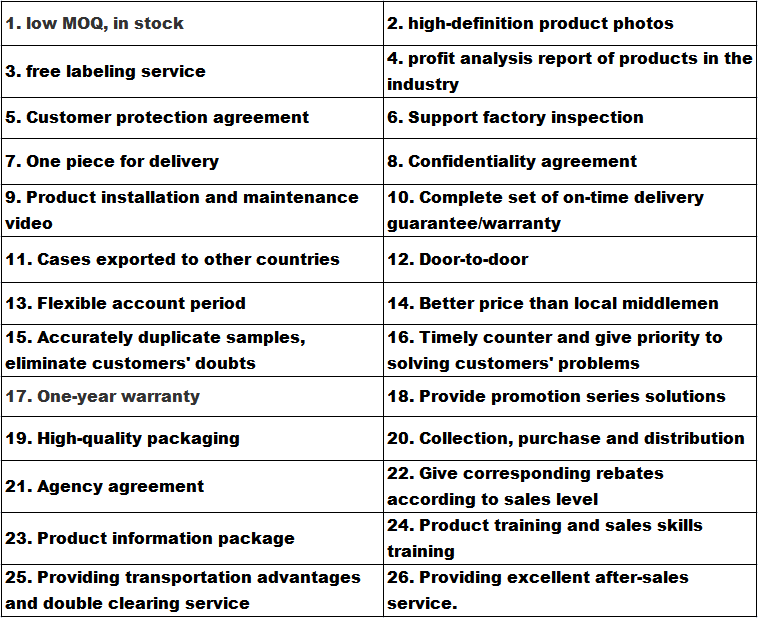
Transportation

FAQ
